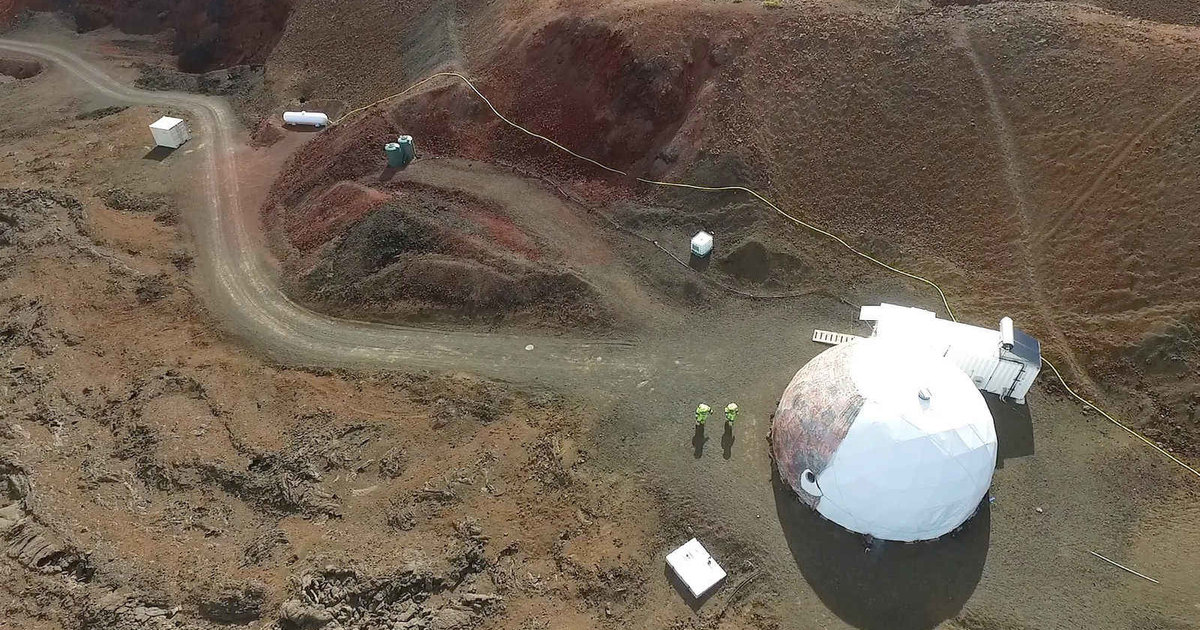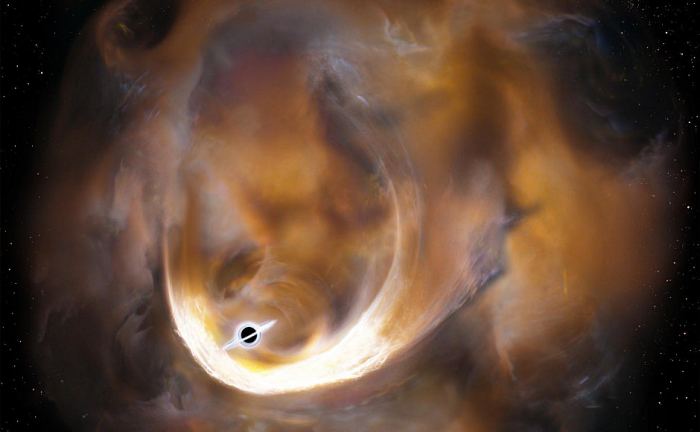
Astronomers have observed an unusual type of object in the asteroid belt between Mars and Jupiter: two asteroids orbiting each other and exhibiting comet-like features.

After spending eight months simulating life on Mars on the slopes of the Mauna Loa volcano, six "astronauts" emerged from their Hawaiian habitat to return to civilization.

Japanese researchers recently conducted a study of the night side of Venus. In addition to being the first of its kind, this study also revealed that the atmosphere behaves differently on the night side, which was unexpected.

The spacecraft deserves a fond farewell and a round of applause.

A recent study involving data collected by the K2 mission has revealed three possible Super-Earths around a nearby Sun-like star.

At least 500,000 pieces of space debris threaten satellites and astronauts, but an US -based company says it has a new approach for taking out the garbage.
The sun is nearing a low-activity point of its solar cycle, but researchers at NASA are detecting large solar flares leaving the celestial body.

The discovery of boron on Mars gives scientists more clues about whether life could have ever existed on the planet, according to a new paper.

New classification places Anthropocene era in astrobiological context.

A team of researchers from japan have found evidence of another massive black hole near the center of the Milky Way Galaxy.

Using the Green Bank Telescope, researchers with Breakthrough Listen recently detected repeating fast radio bursts coming from a distant galaxy.

The results suggest that the outer planets of the system might still harbour substantial amounts of water. This includes the three planets within the habitable zone of the star.

InSight will do a deep dive into the Martian underground, putting two instruments onto the surface that will ferry information back from the depths.

The most distant galactic magnetic field that has ever been observed provides intriguing clues about the evolution of magnetism in the unfolding universe.

A new research study by a group of astronomers, based on observation using the VLTI, has created the most detailed map of a star other than the Sun.